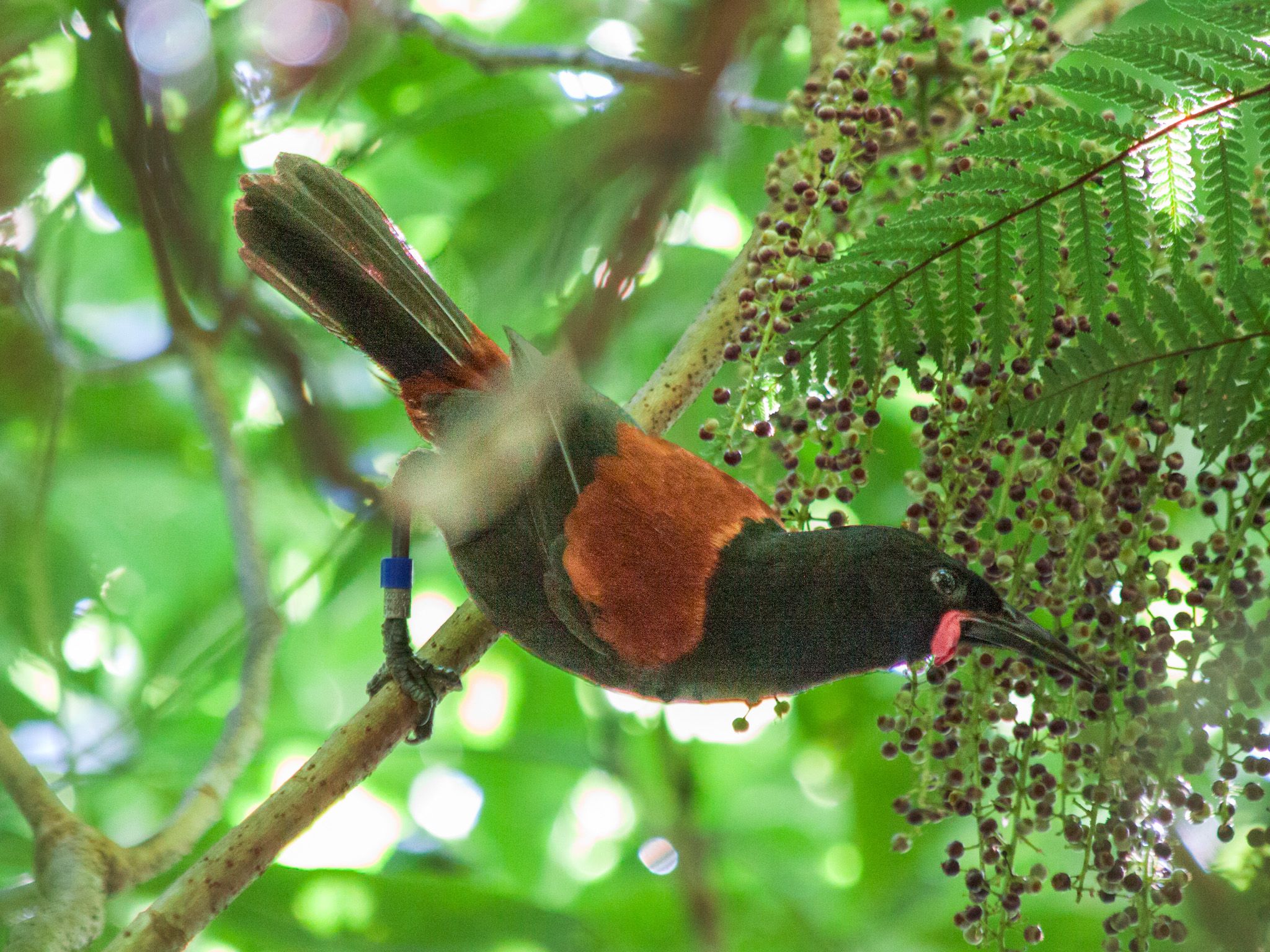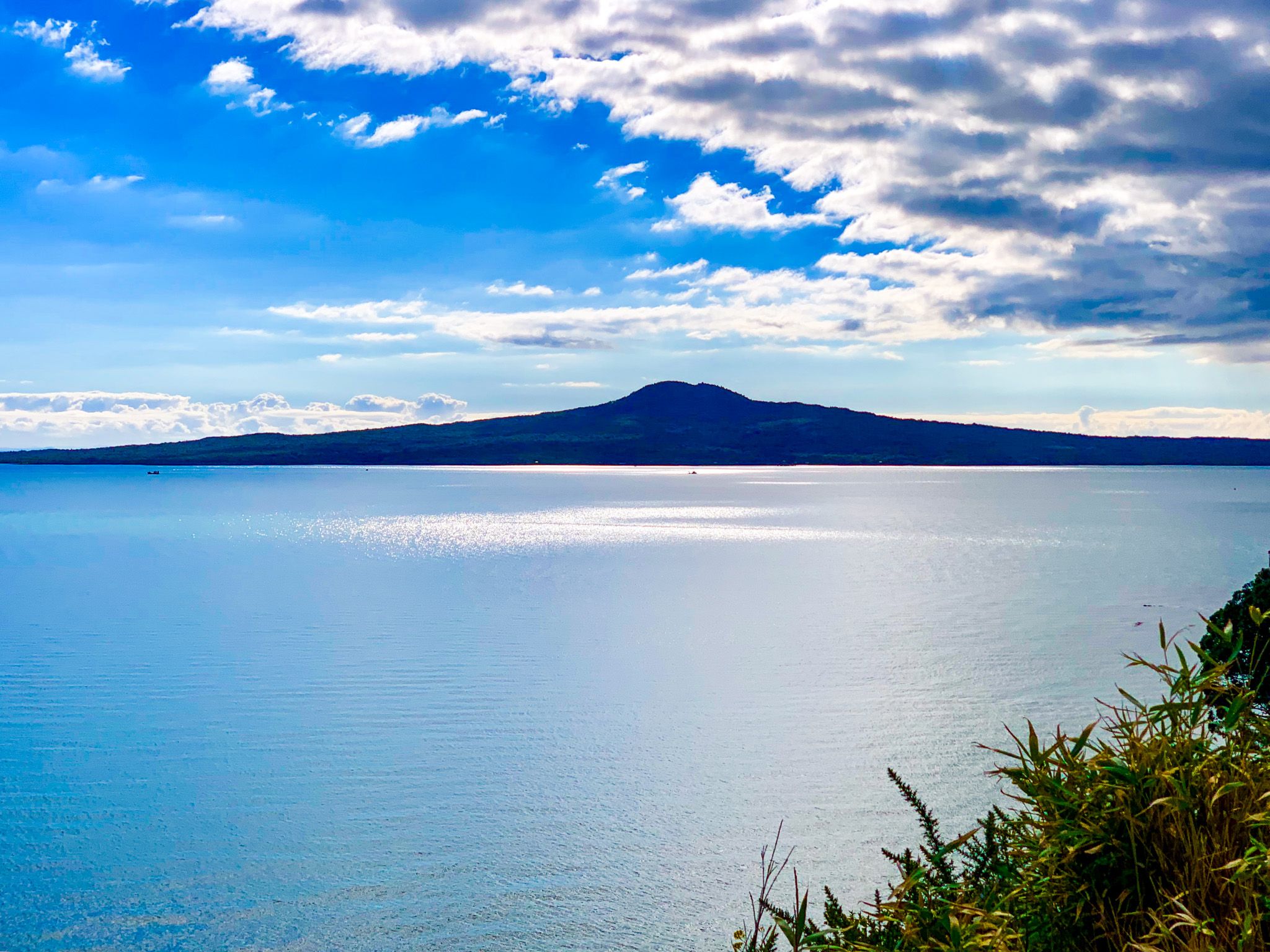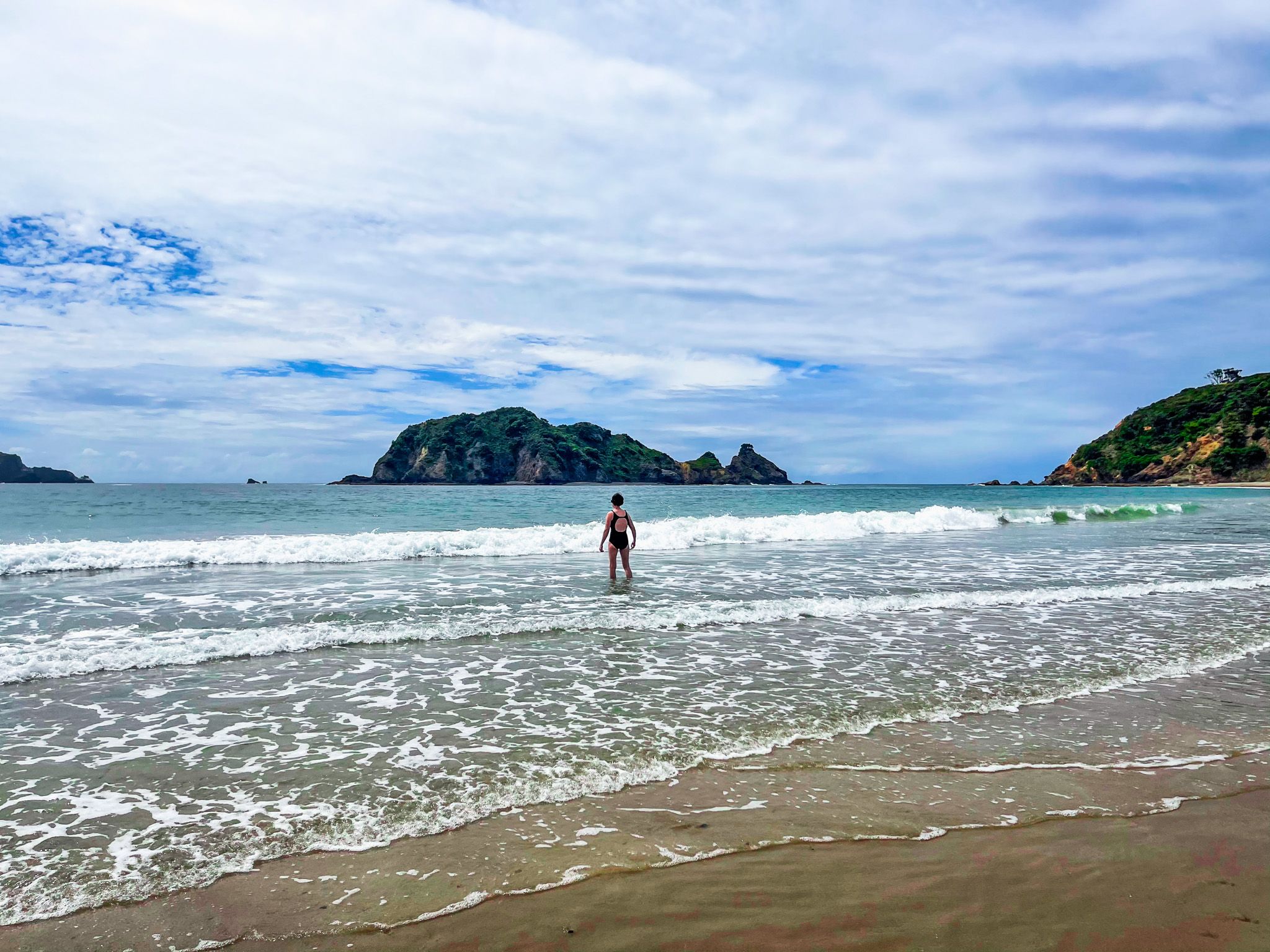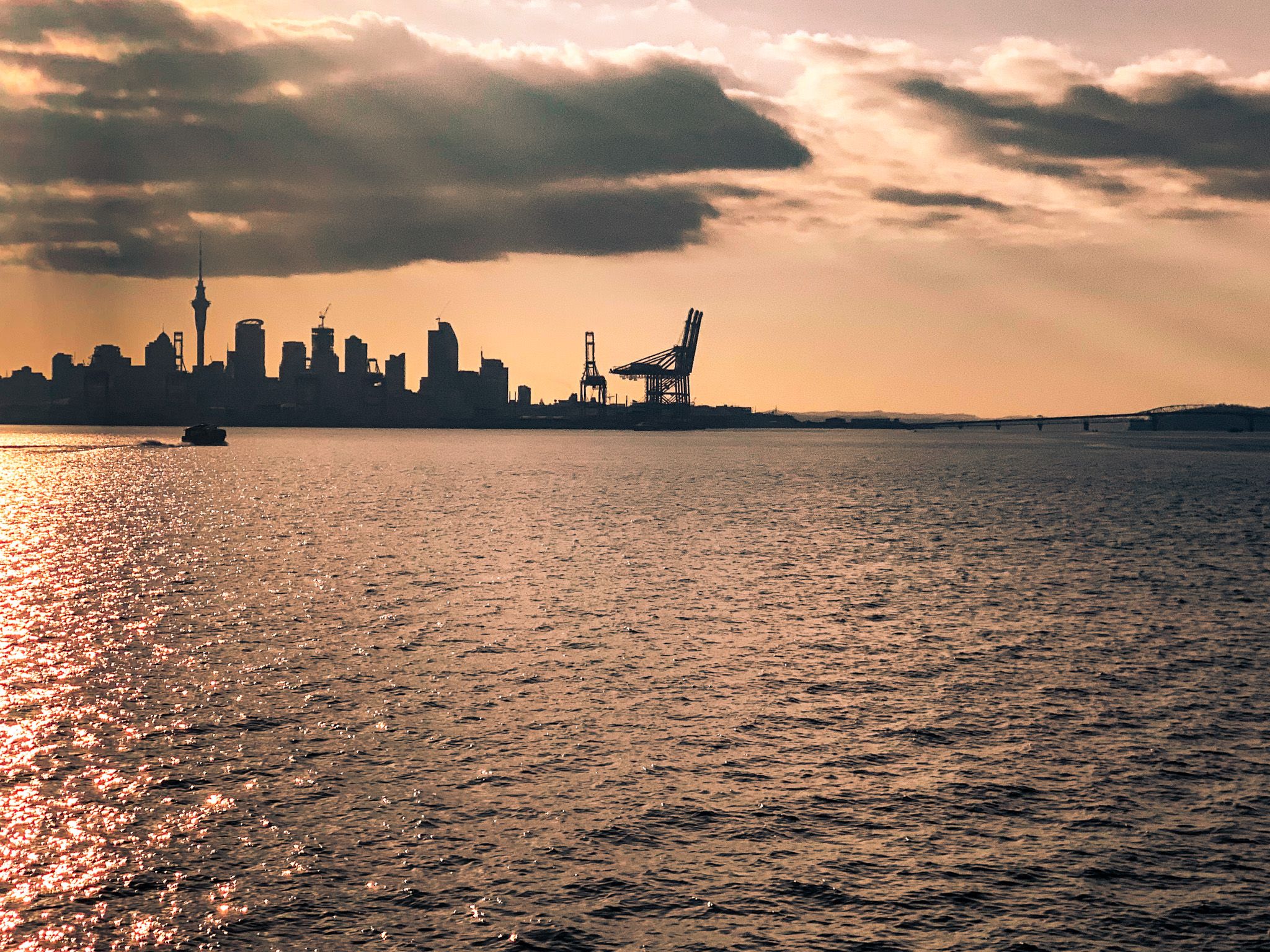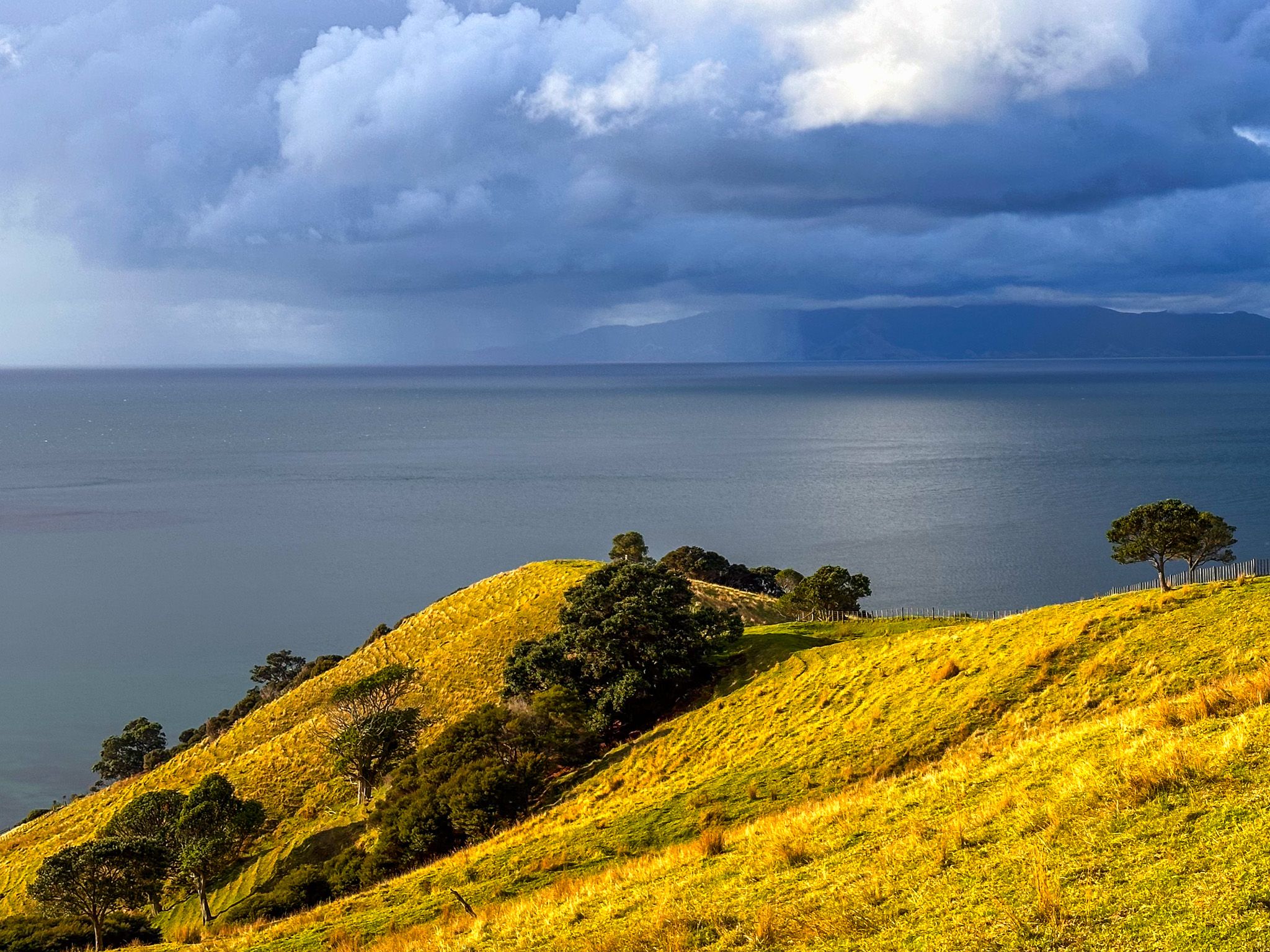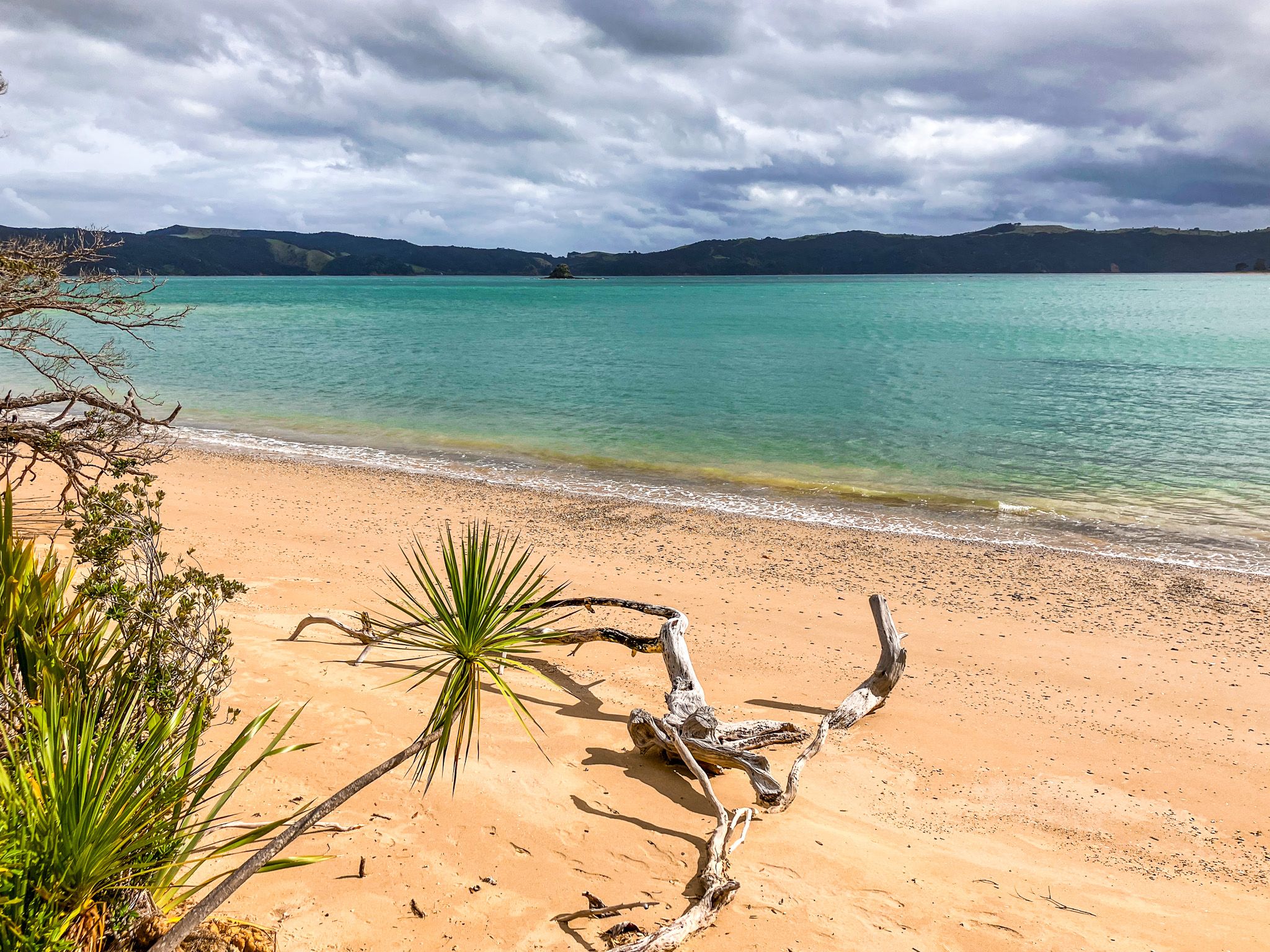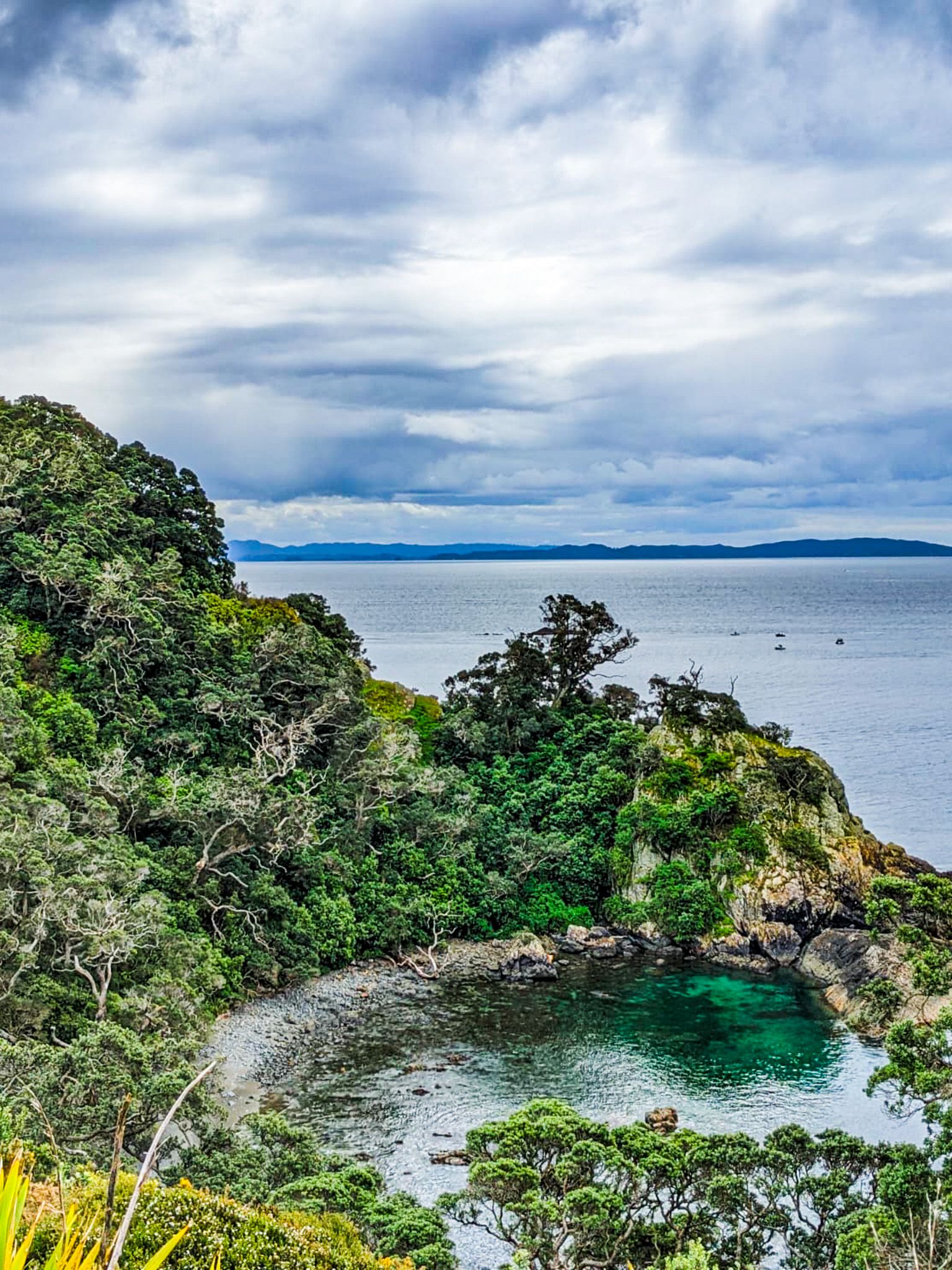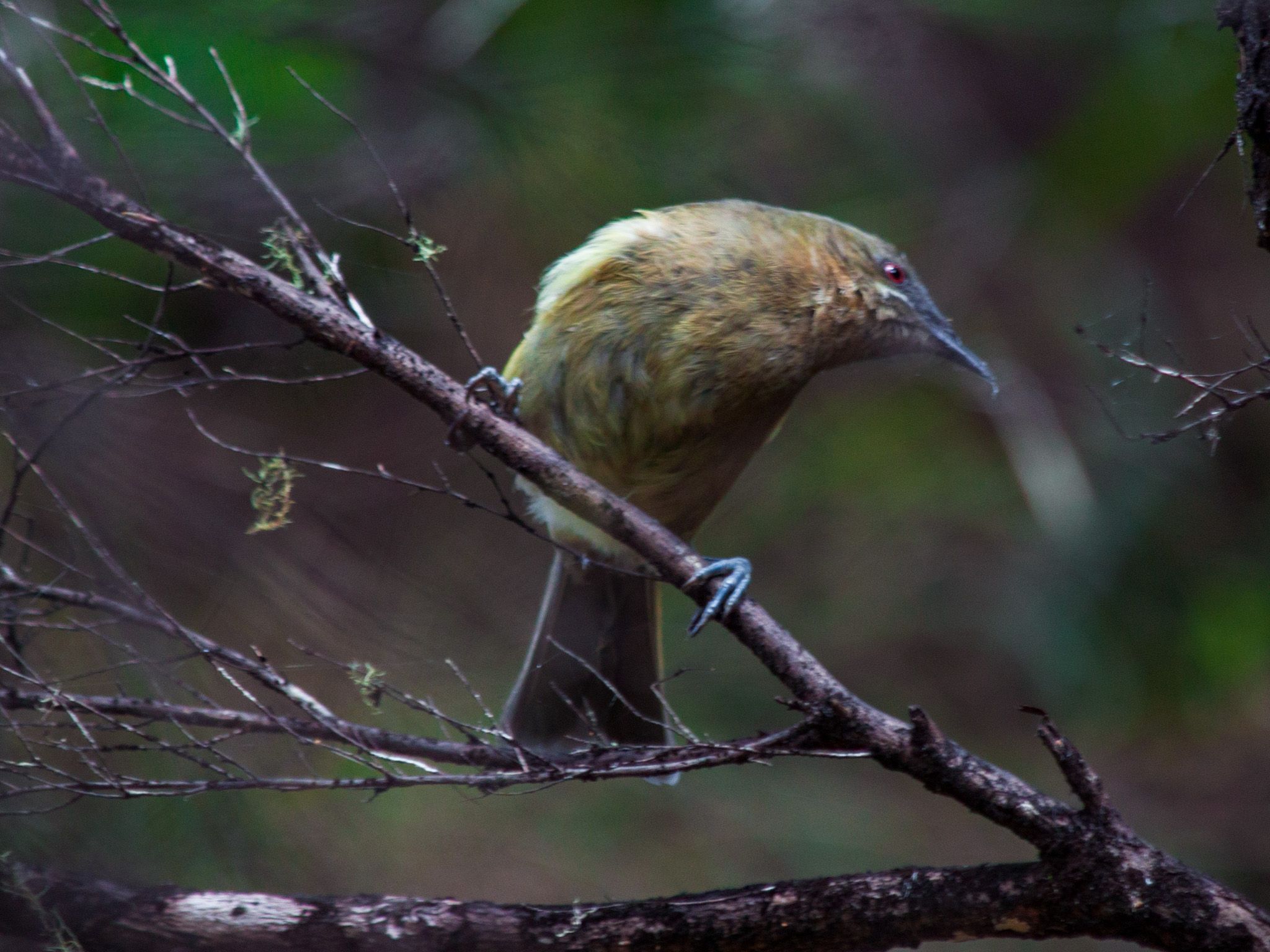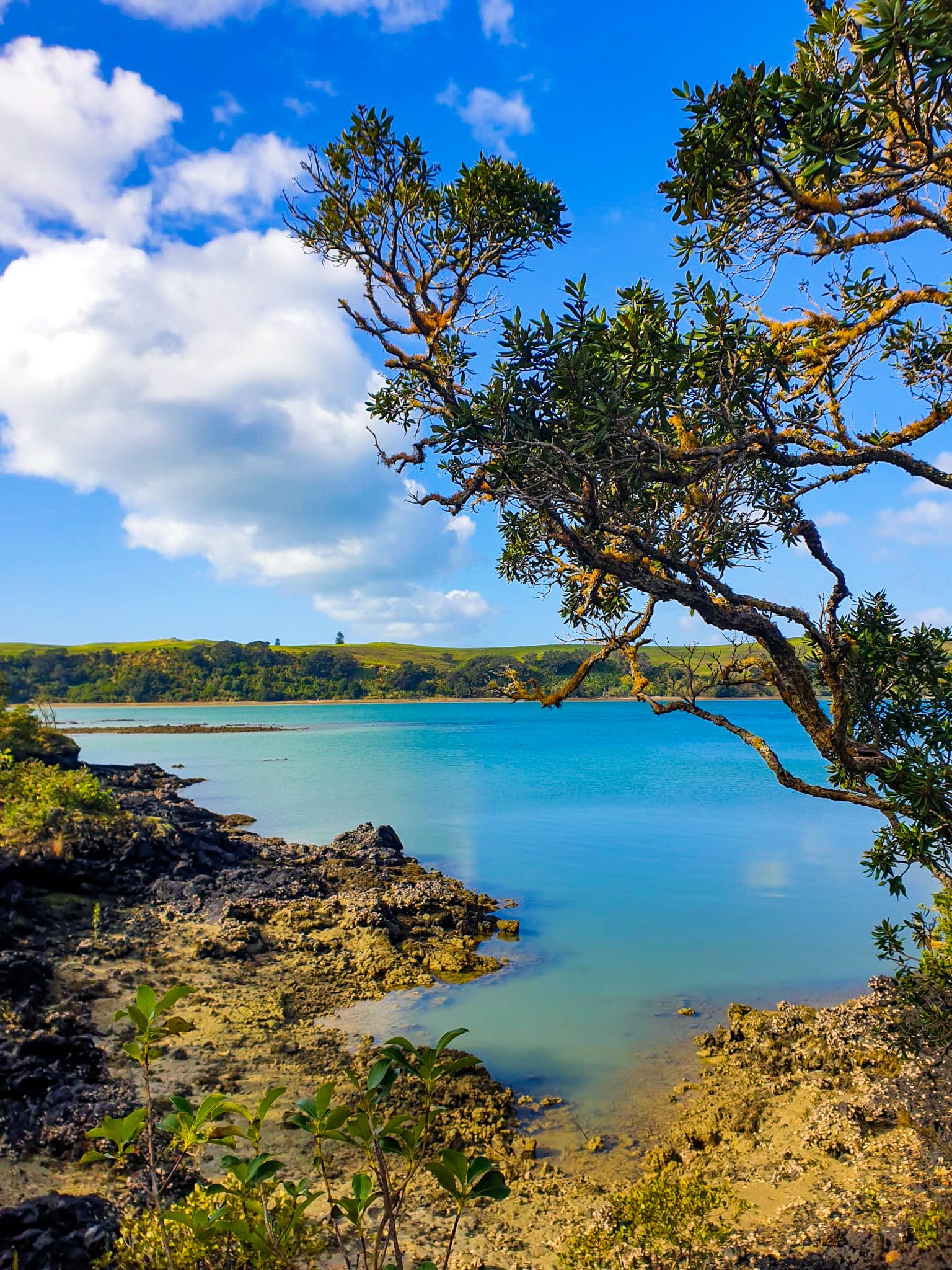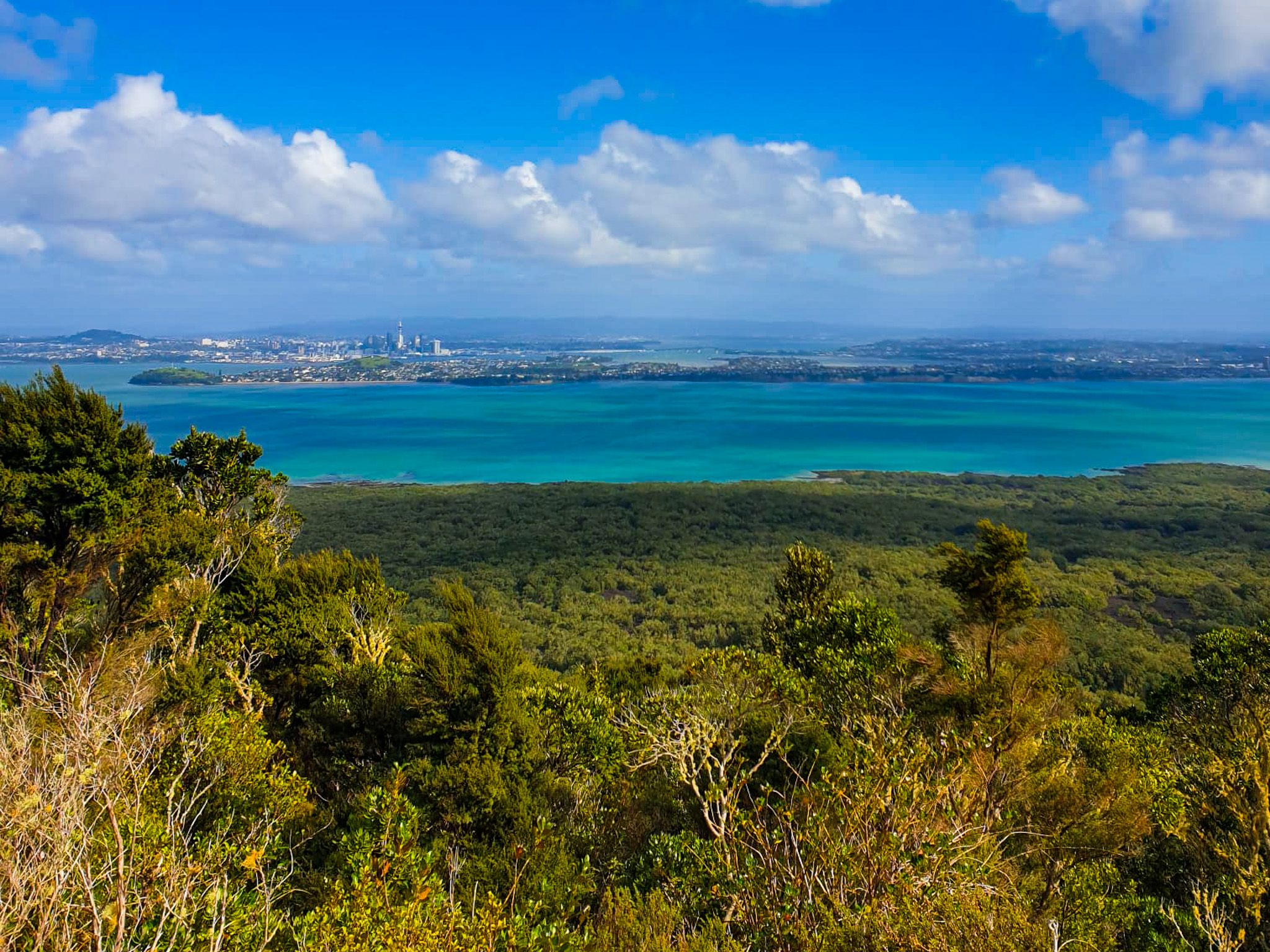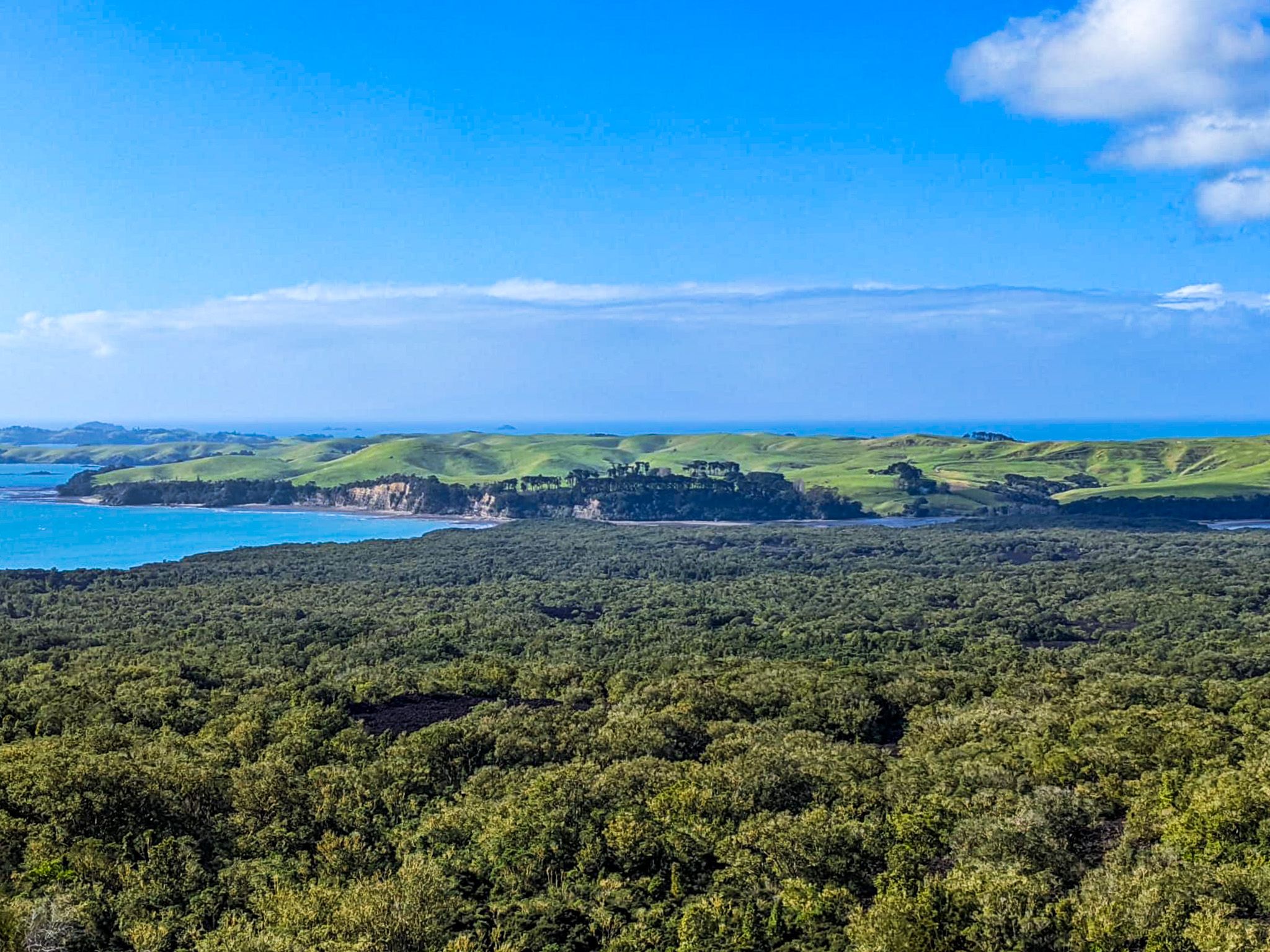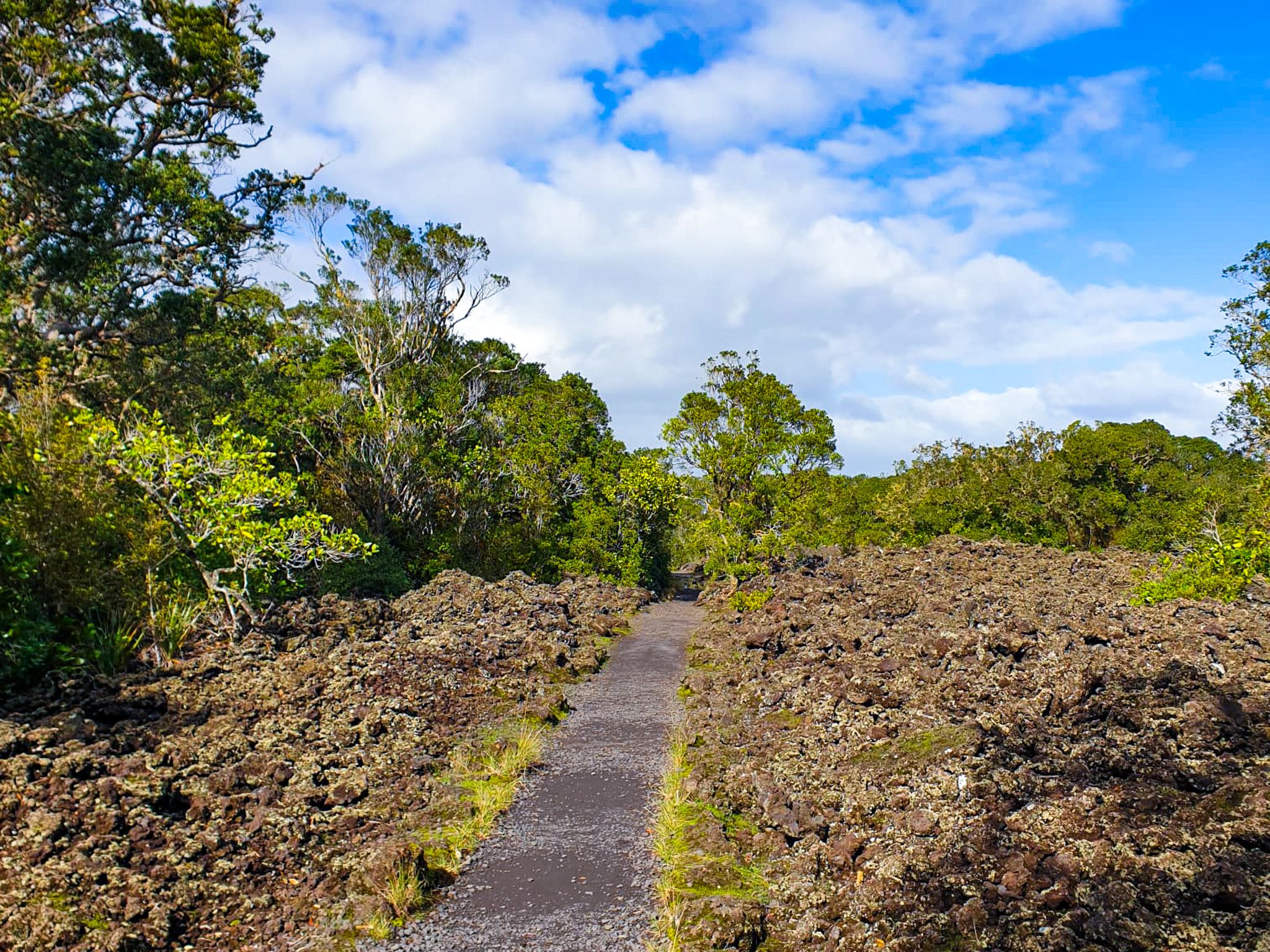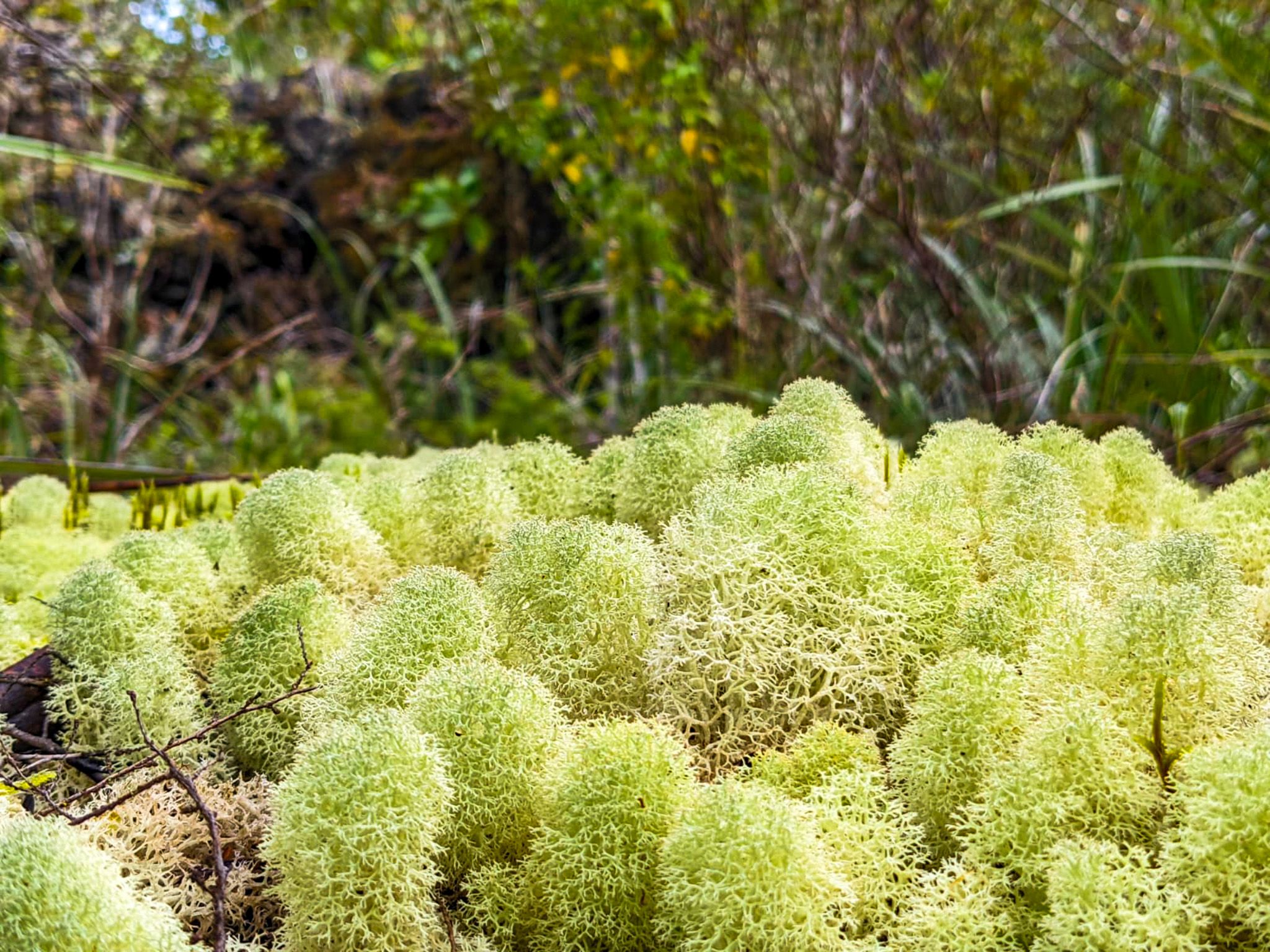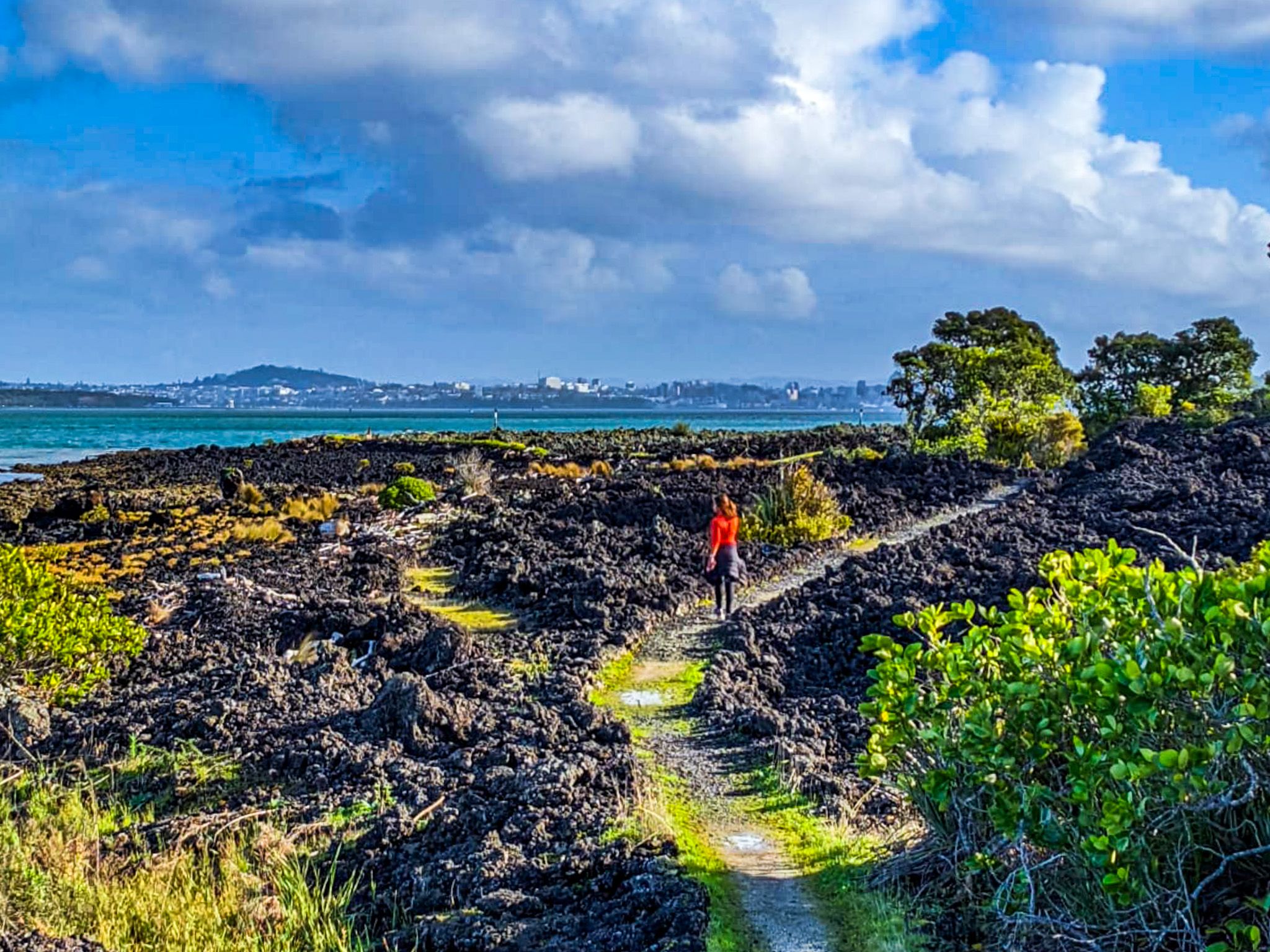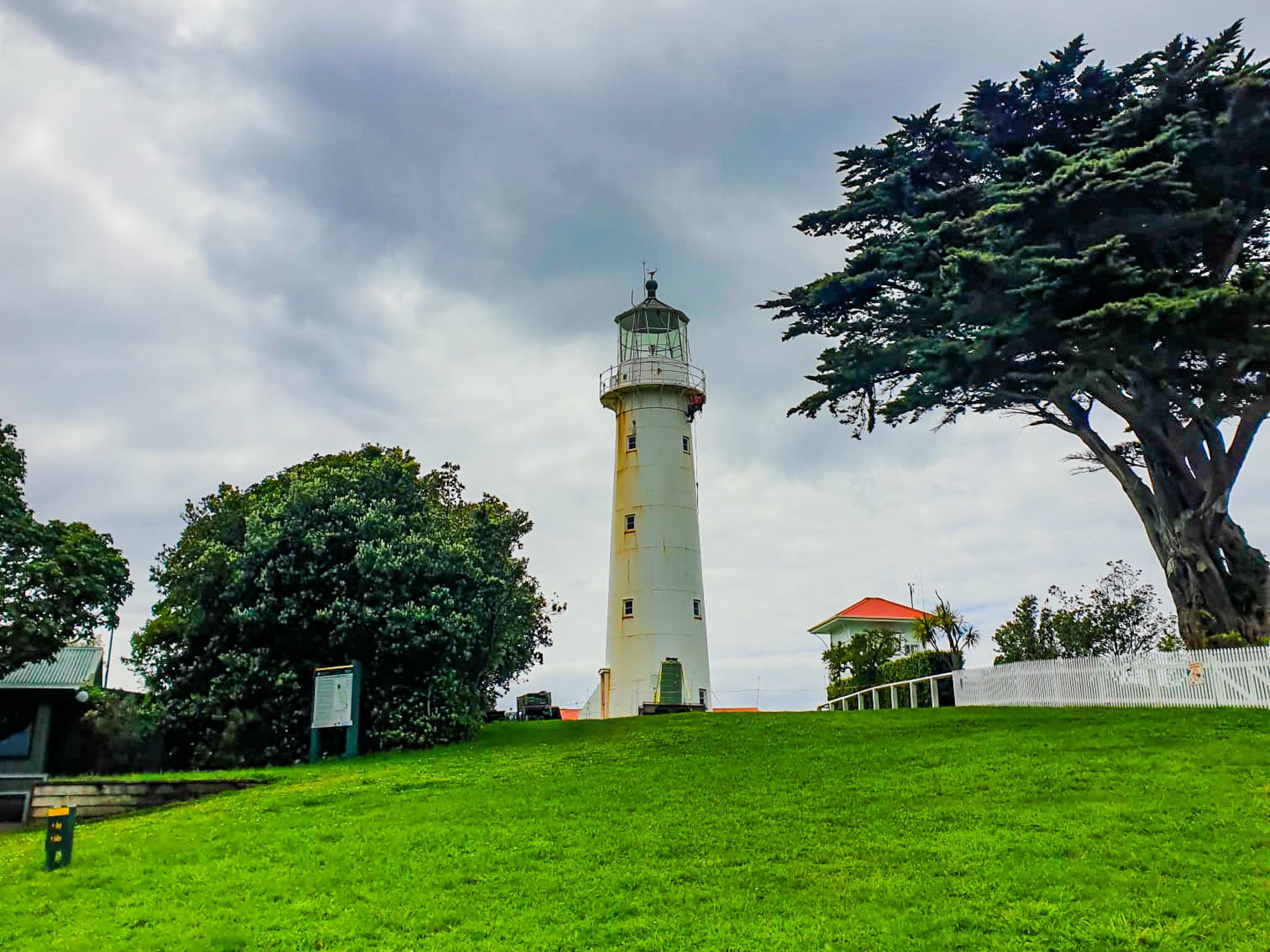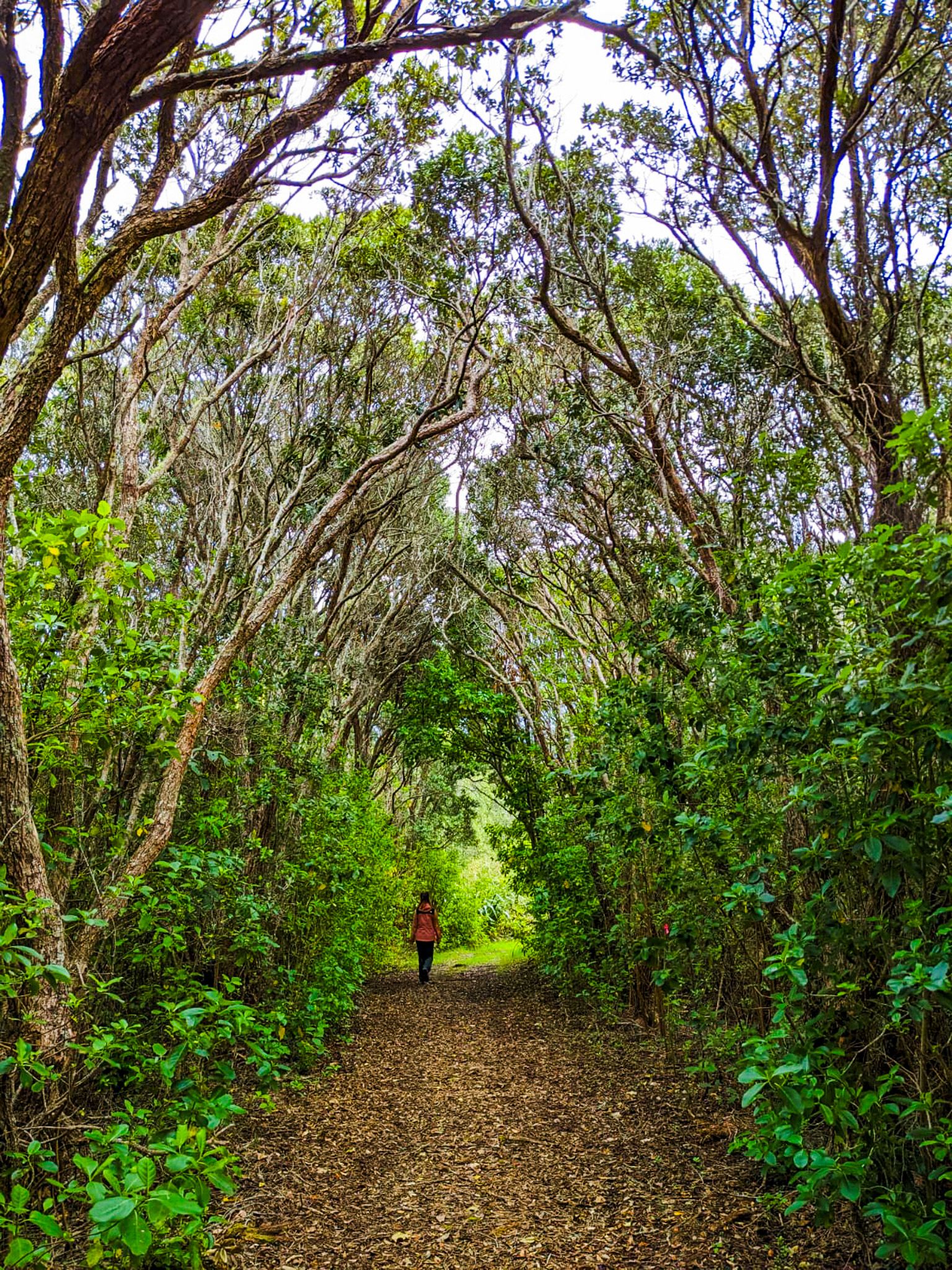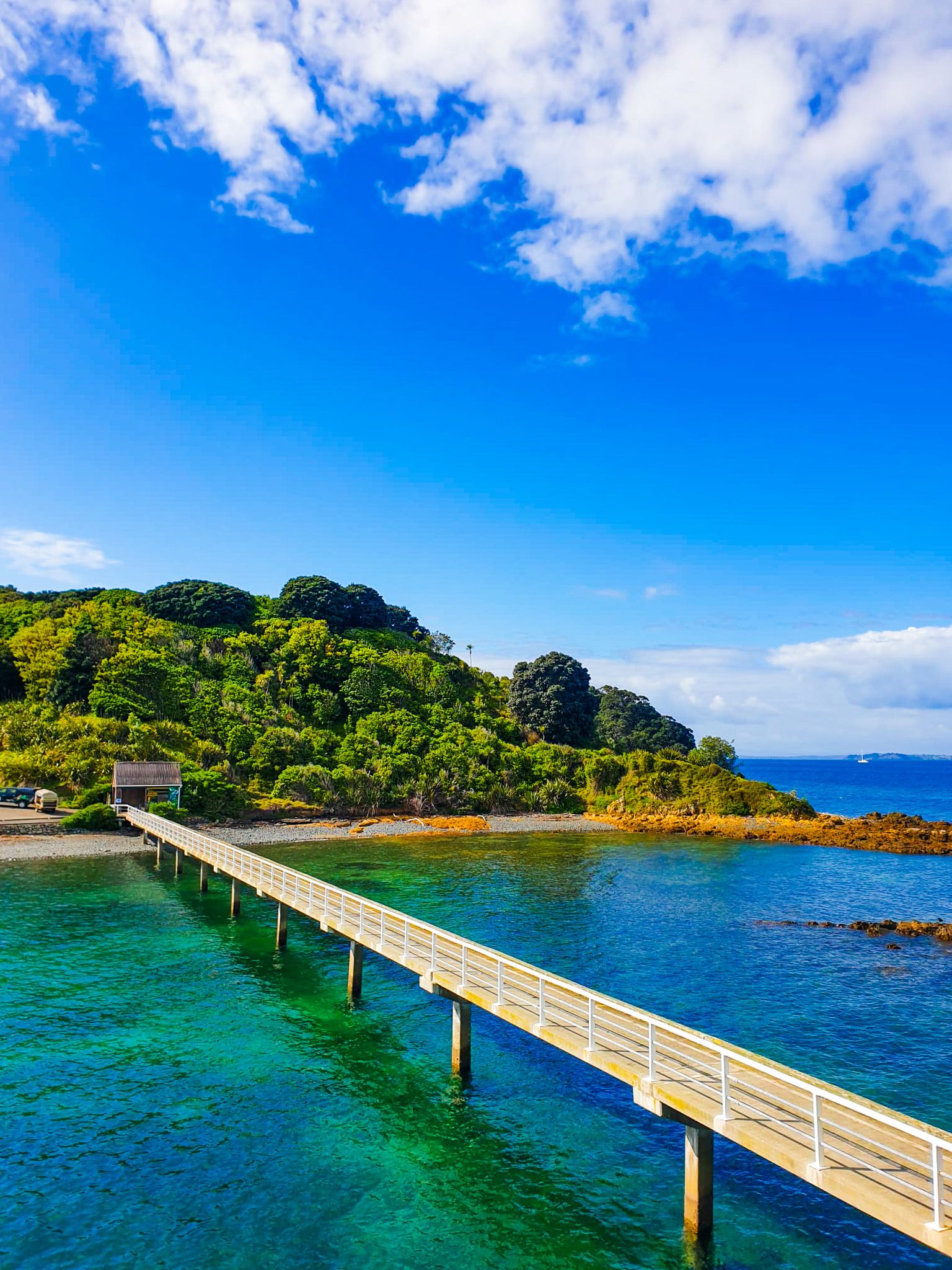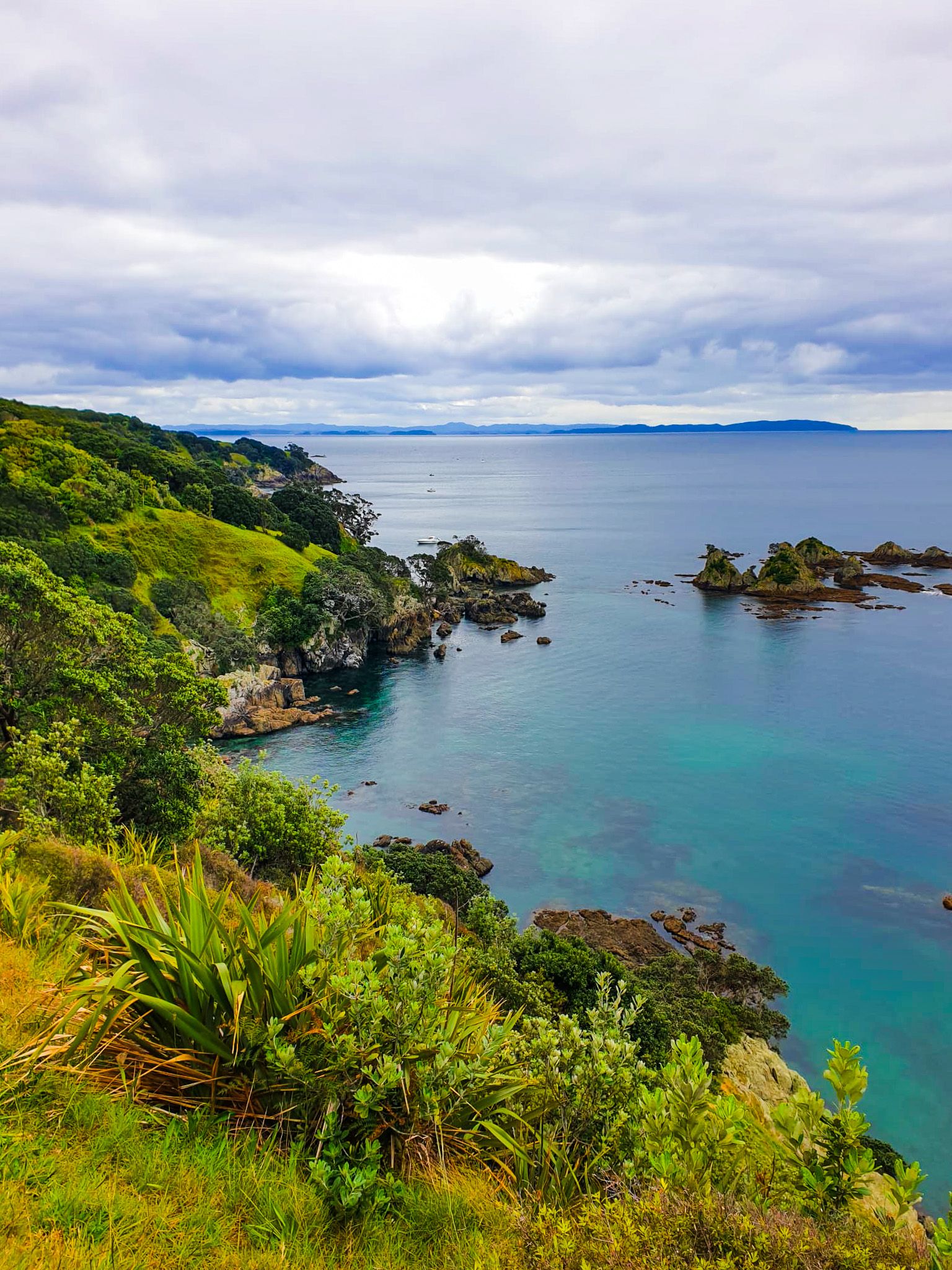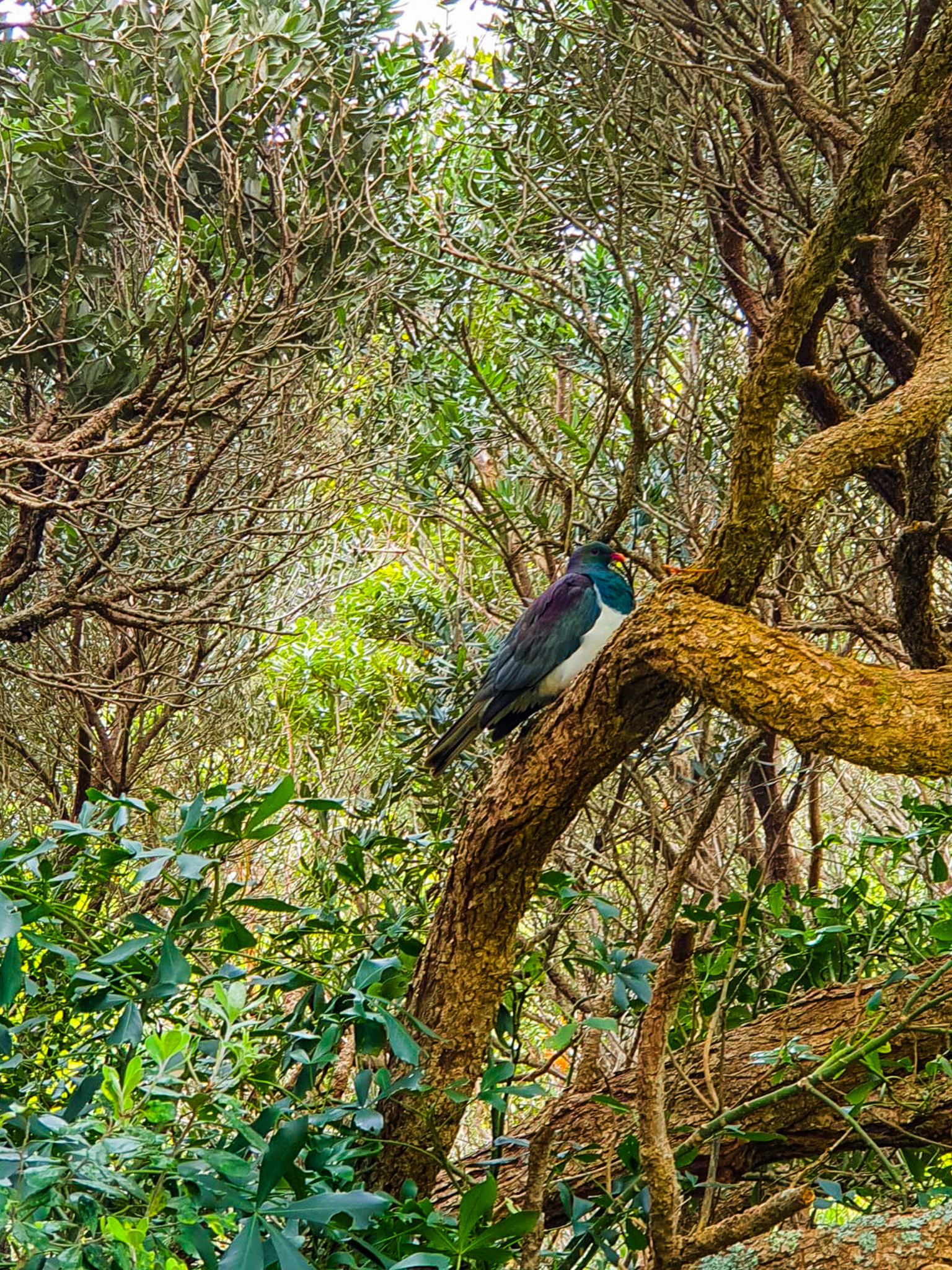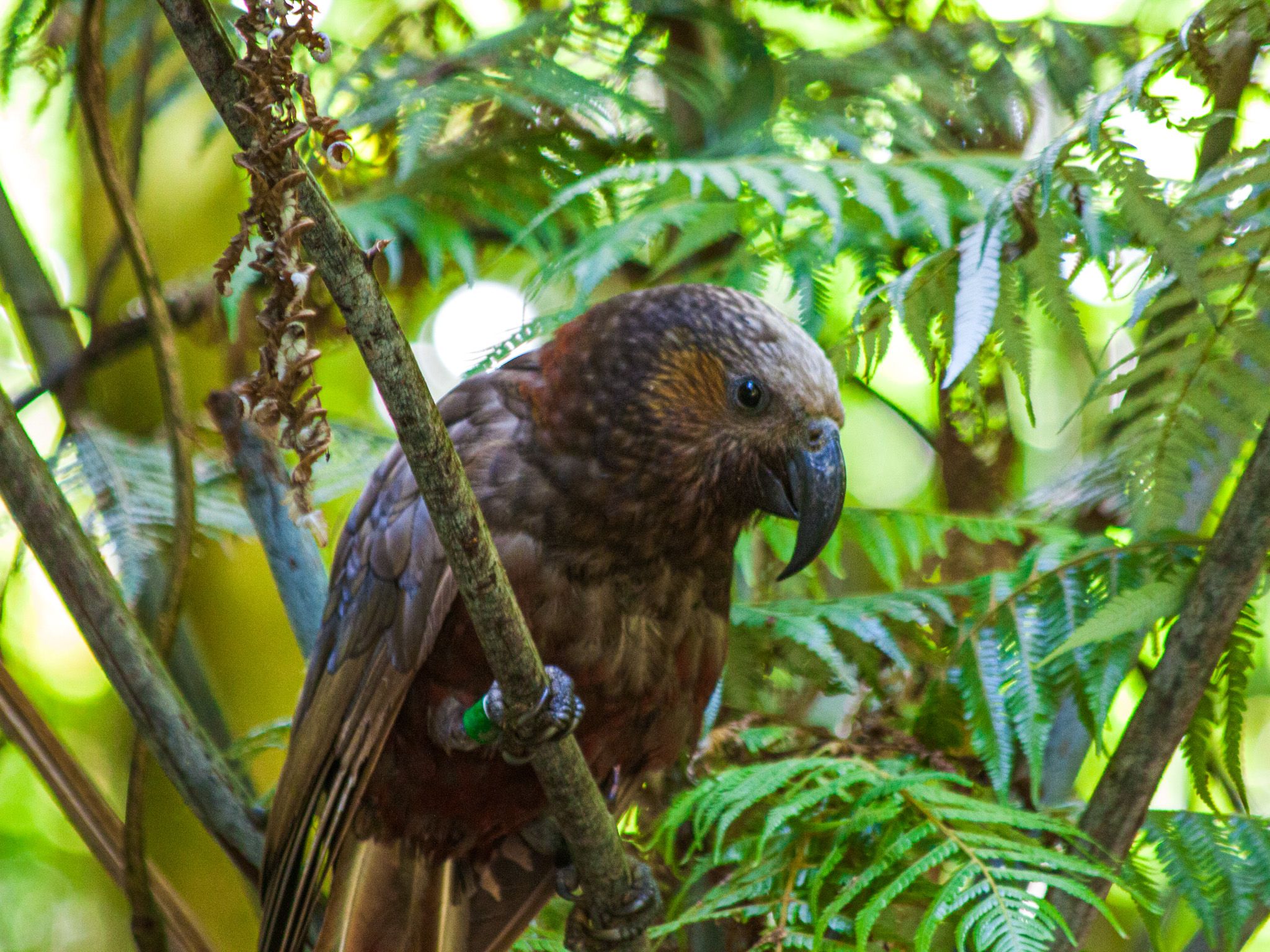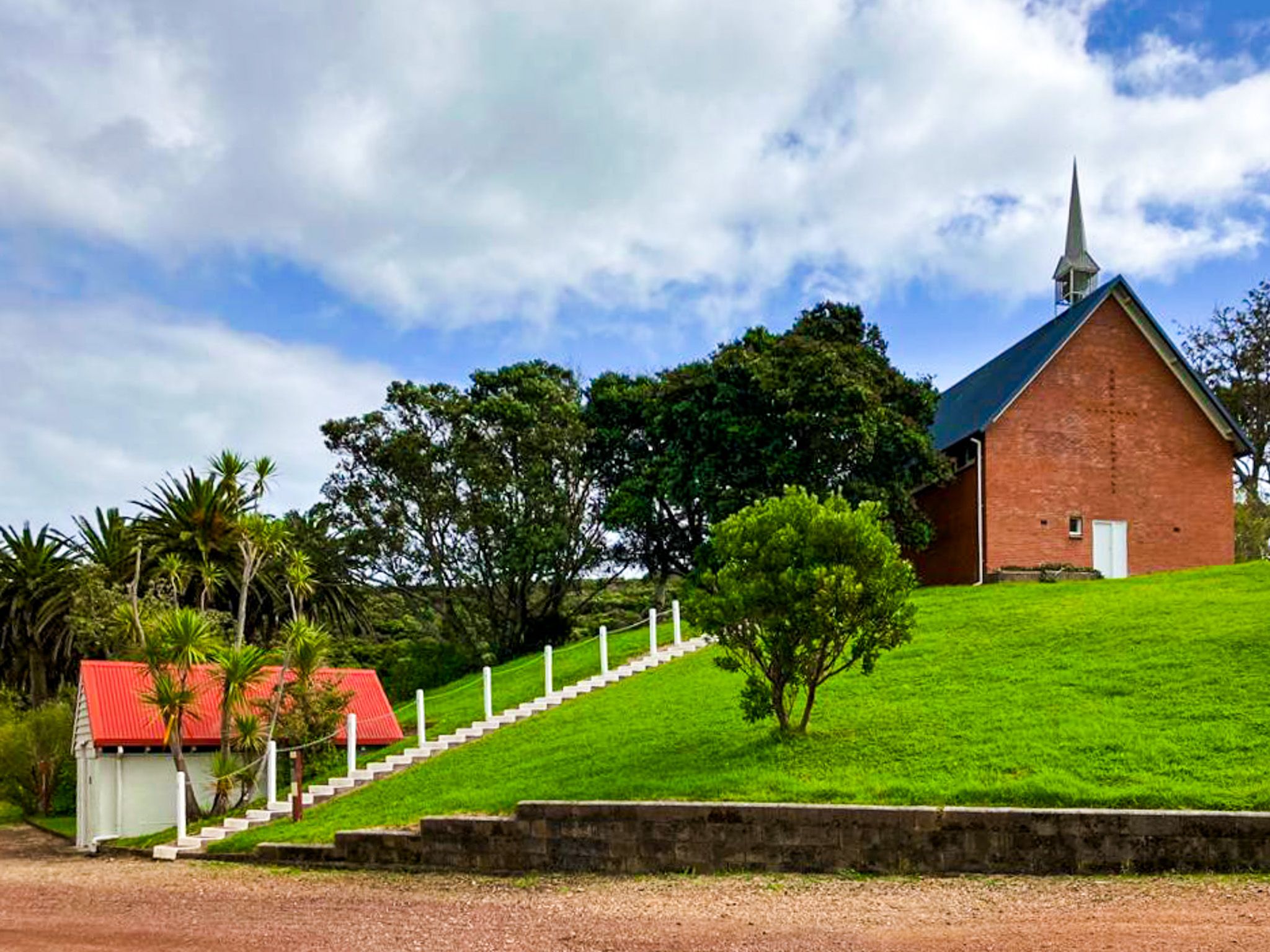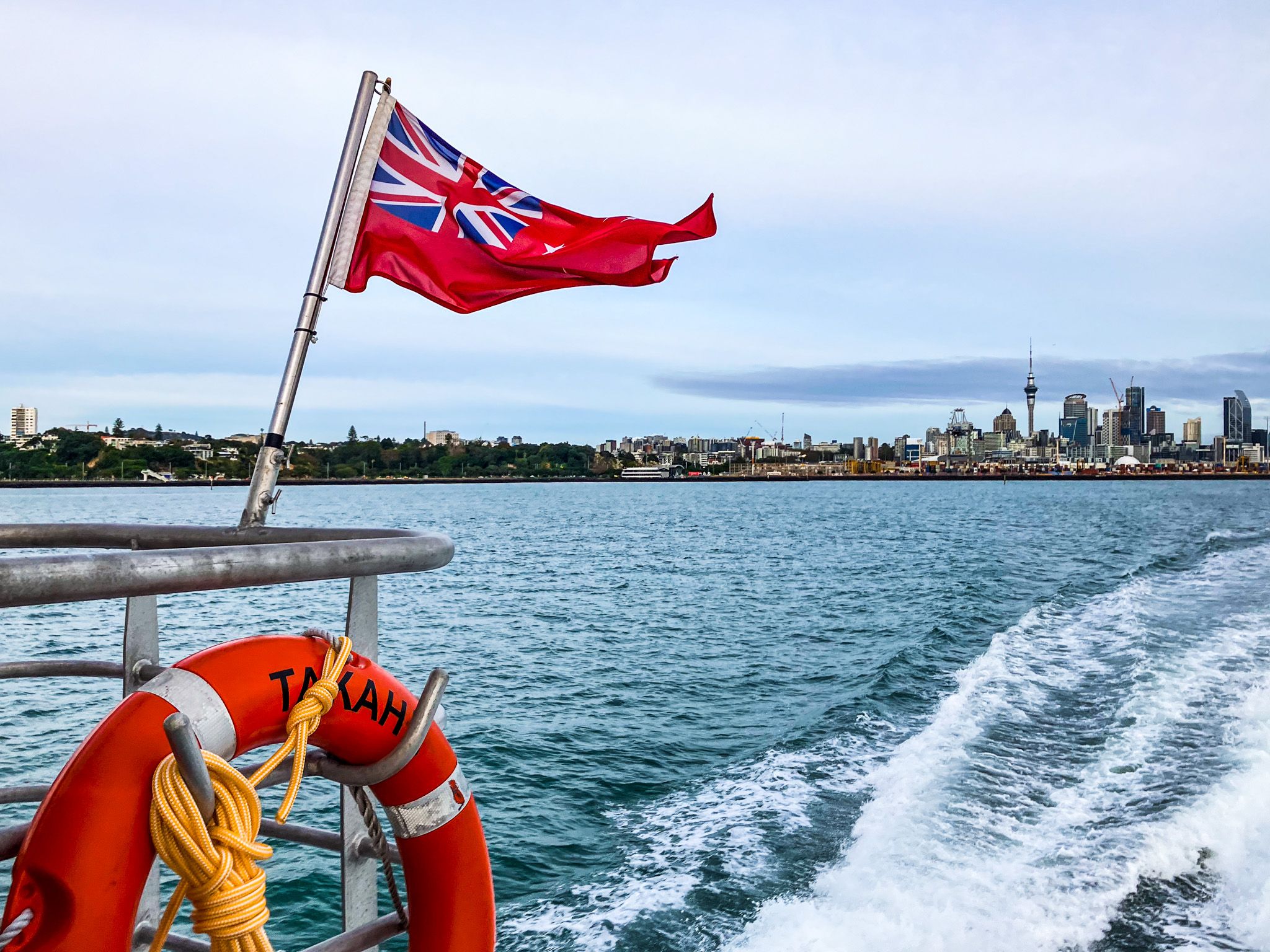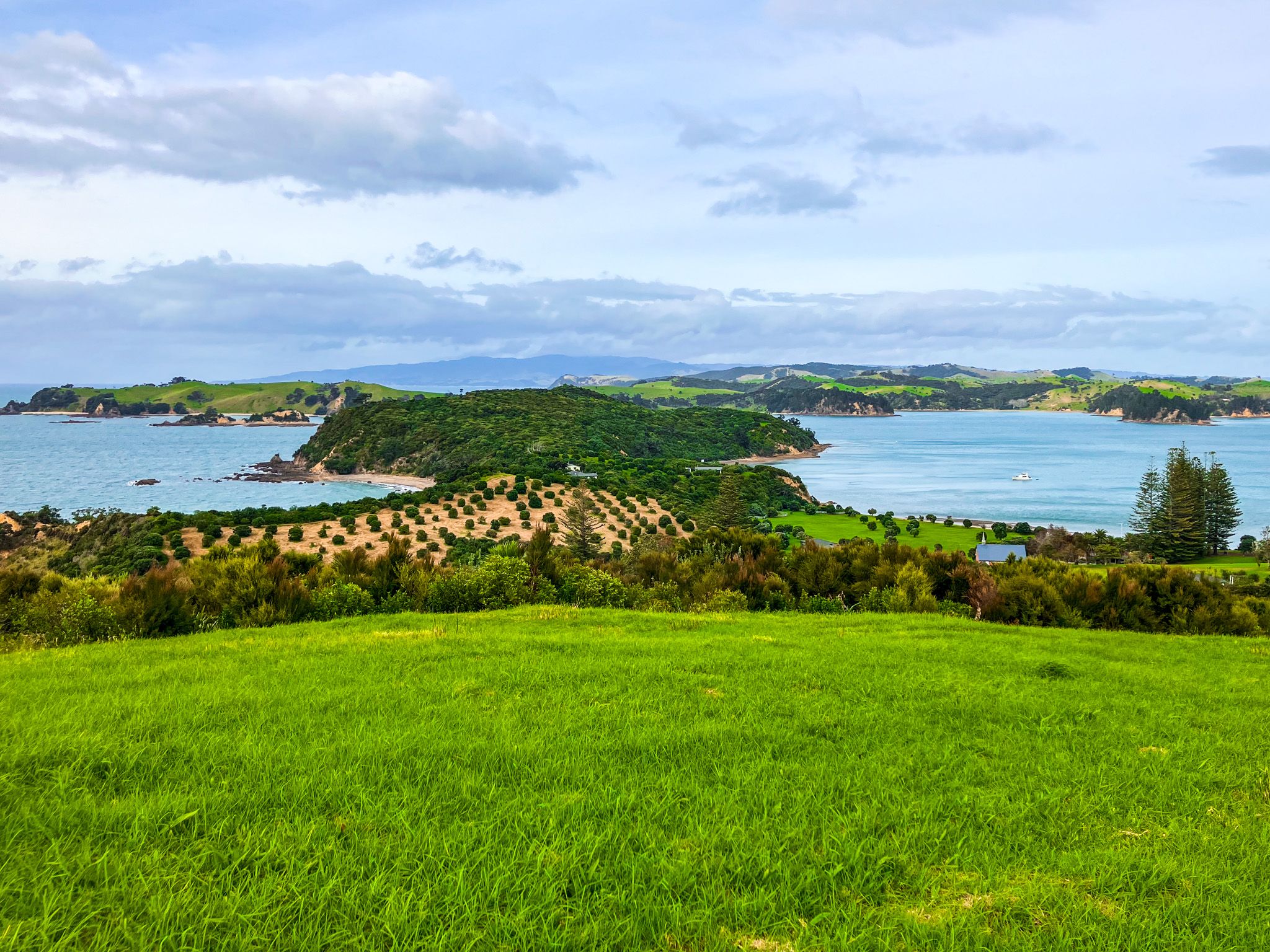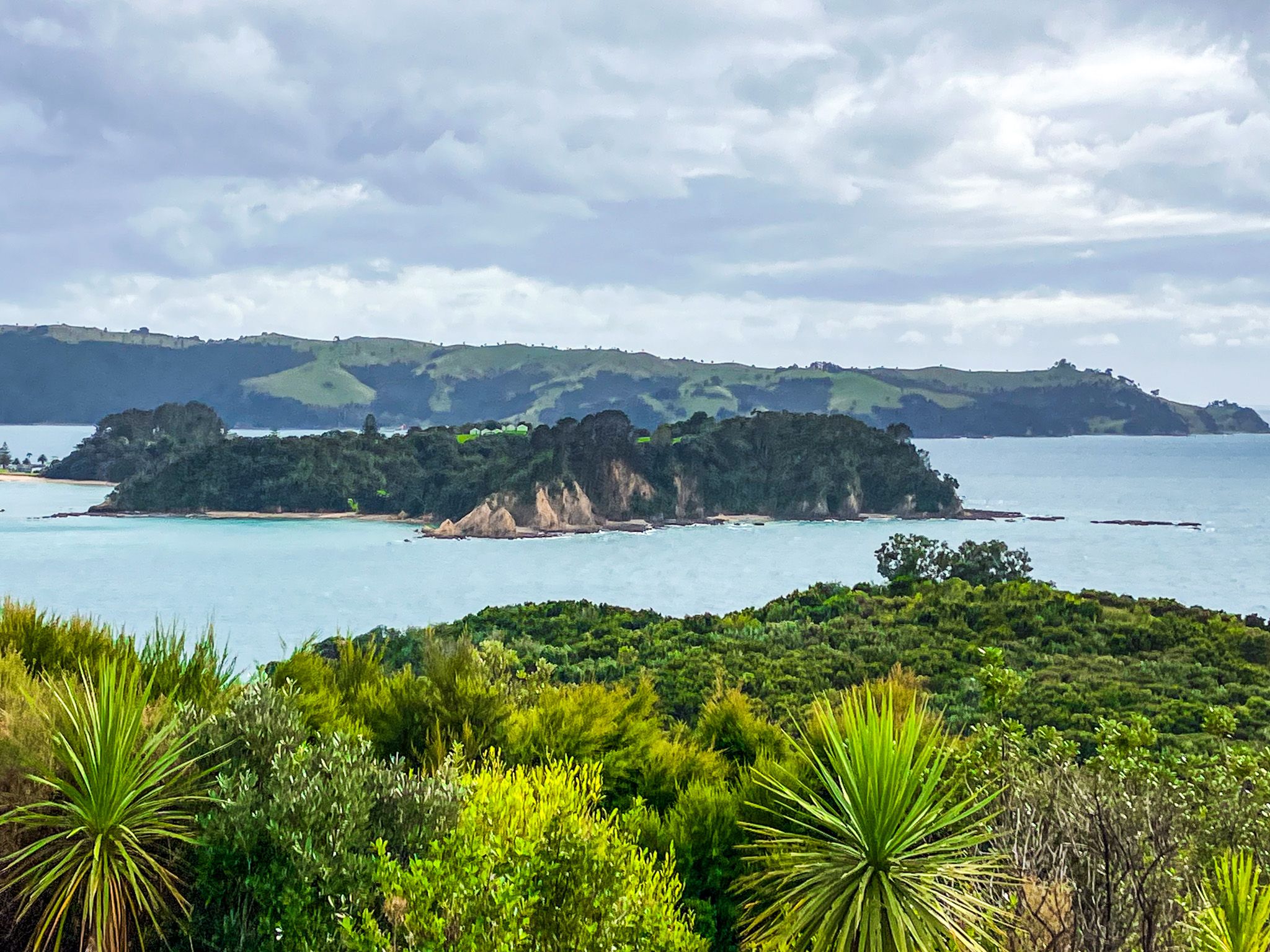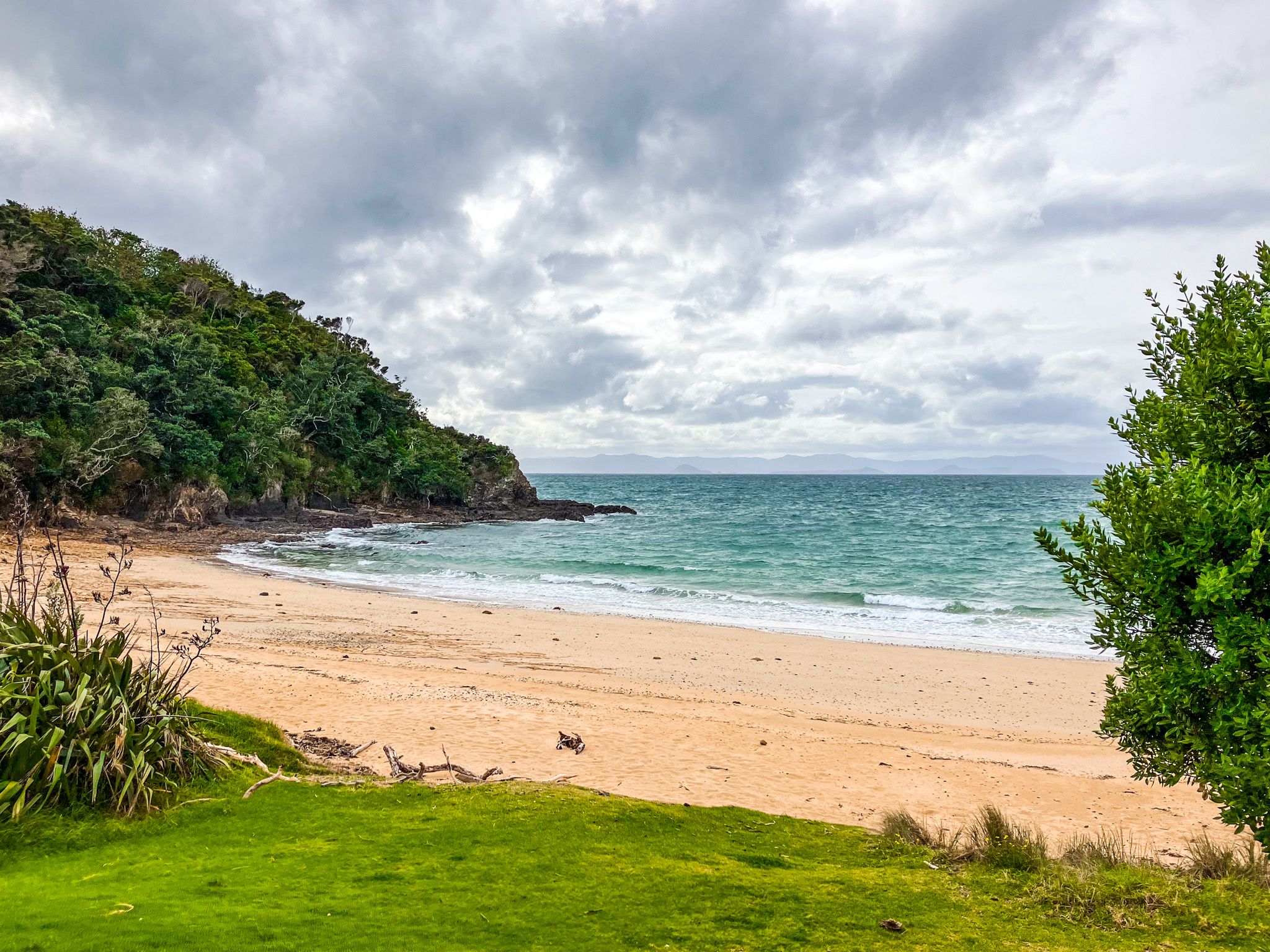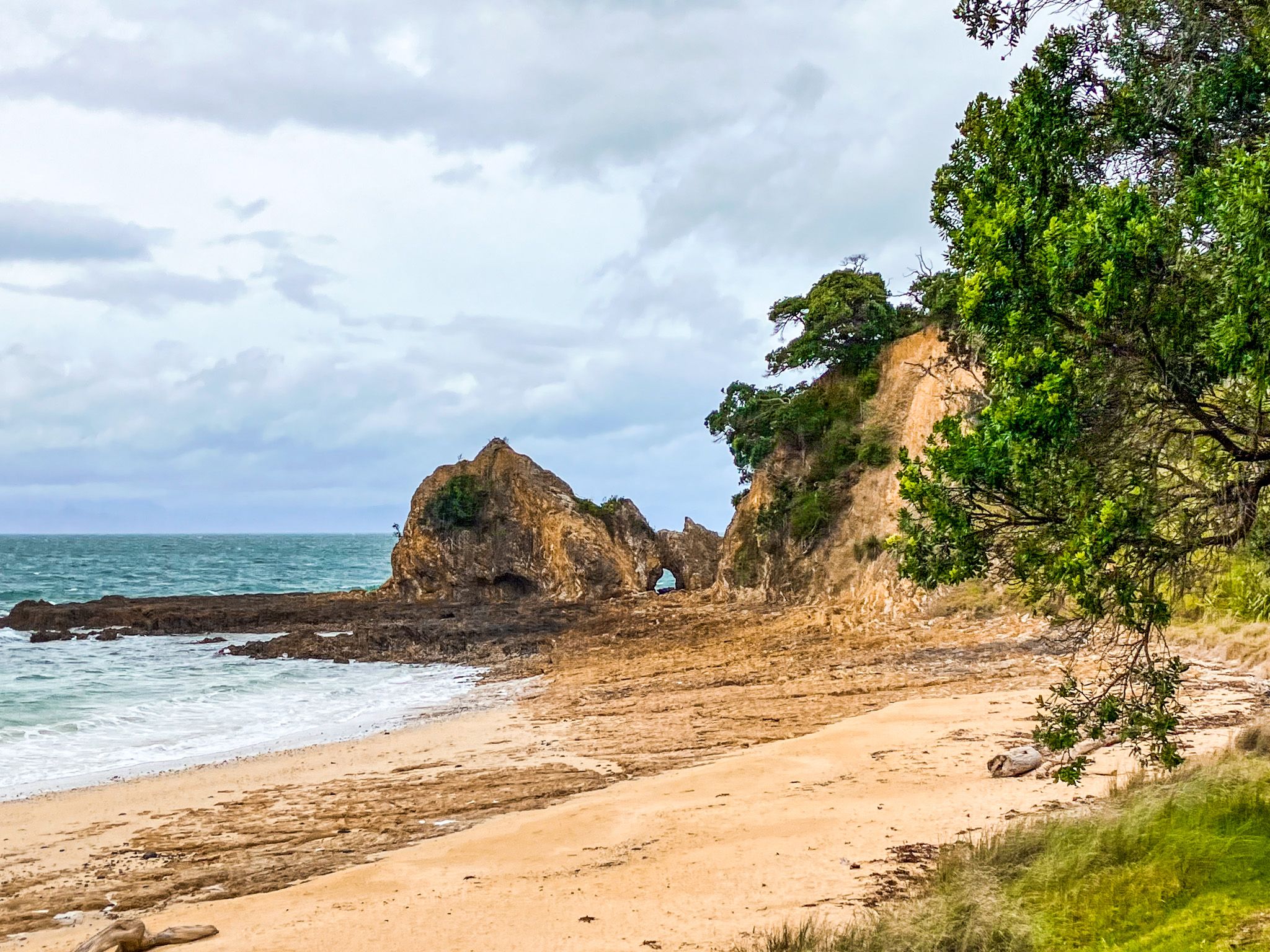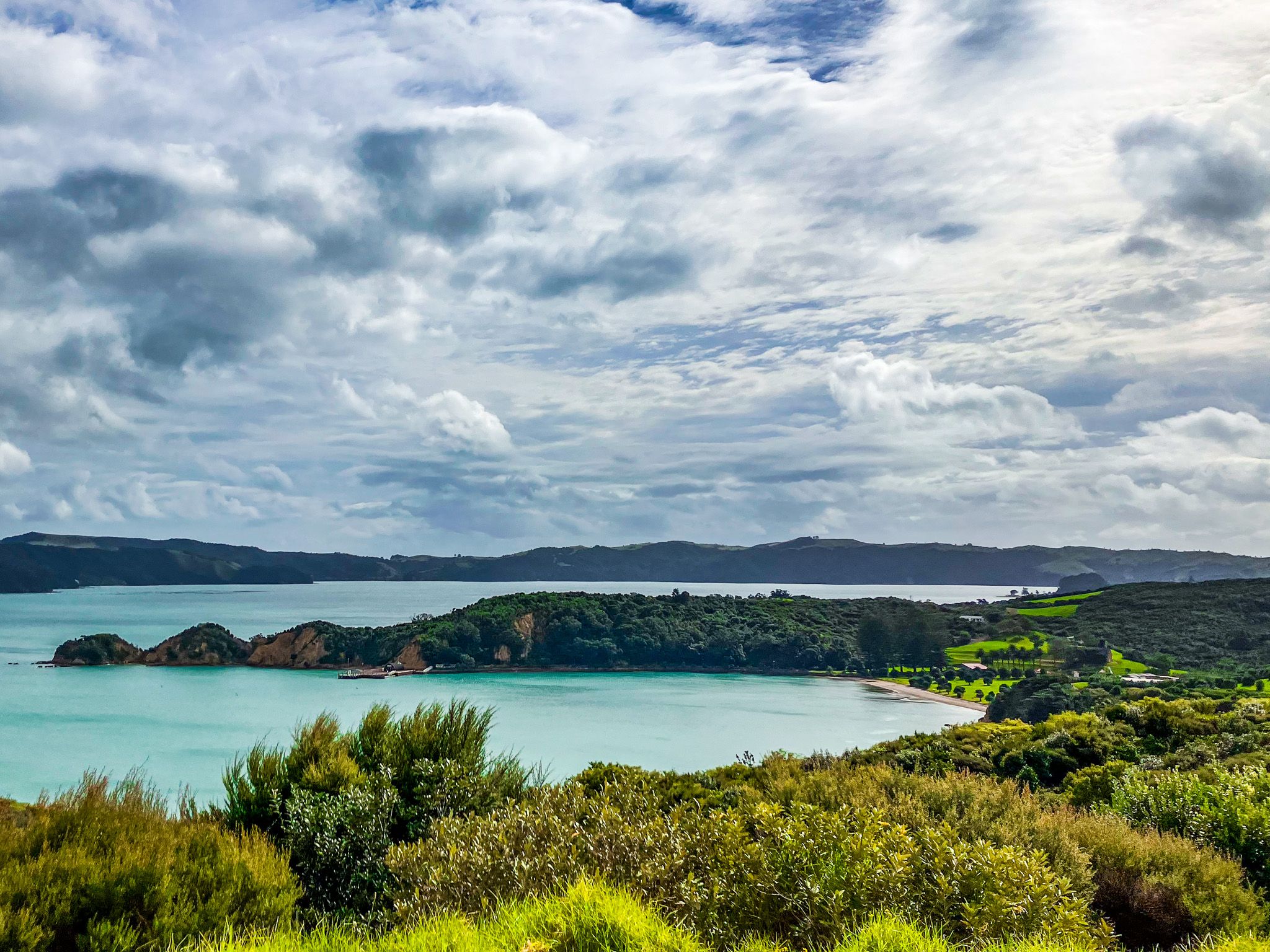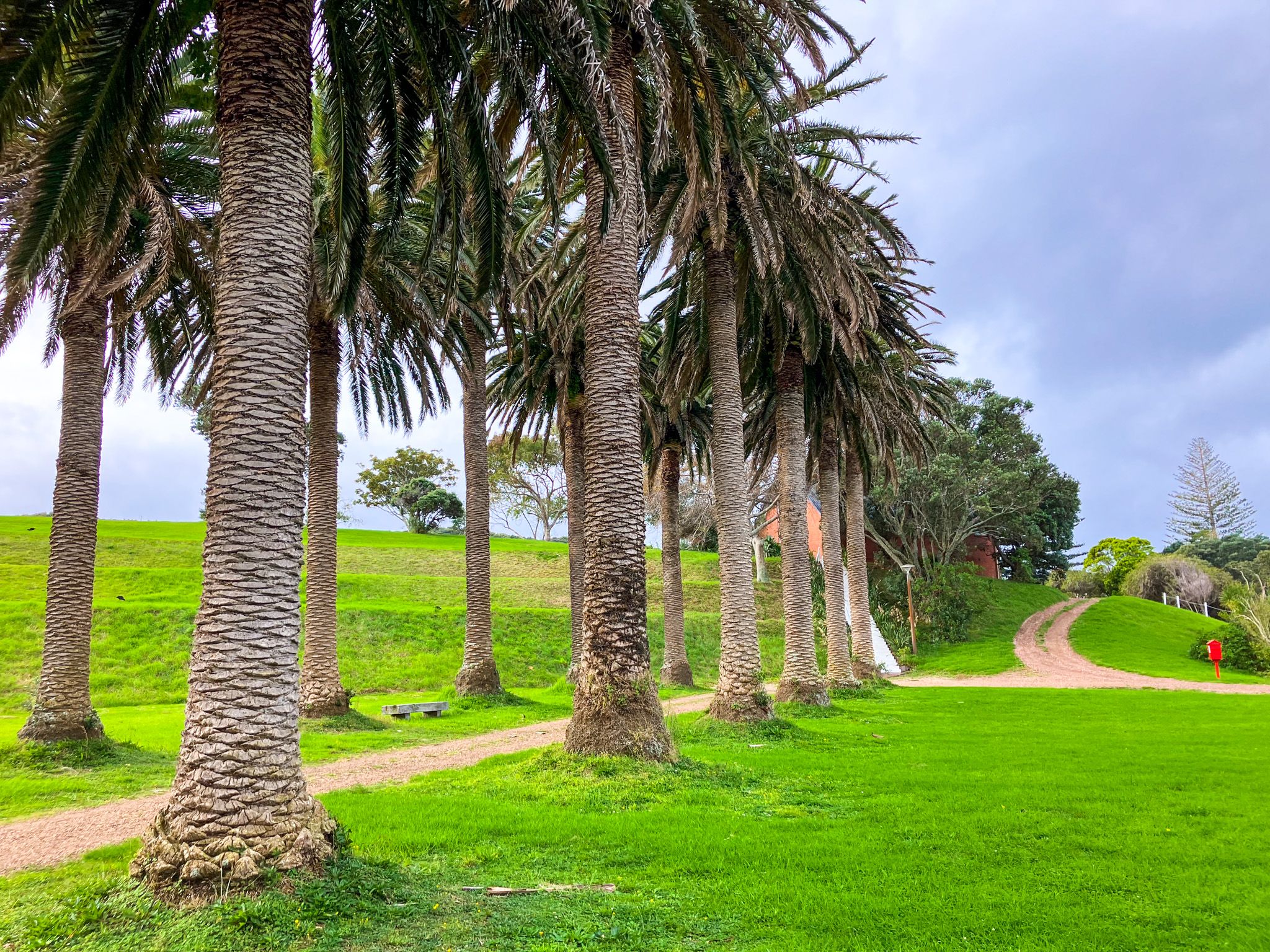Hauraki Gulf
The Hauraki Gulf / Tīkapa Moana covers 4,000 square km and borders Auckland City, the Hauraki Plains, the Coromandel Peninsula, and Aotea Great Barrier Island. Much of the gulf is in the Hauraki Gulf Marine Park. The southwest end of the gulf forms the Watemata Harbour, and the southeast end is the Firth of Thames.
For Aucklanders, it is a major recreational area. There are 52 beaches, coastal tracks, including the North Shore Coastal Walk, and many islands. The islands can be accessed by ferry, mostly from Downtown Auckland. You can also hire and charter boats to explore the Gulf, do water sports, and fish.
However, visits to three island gems of the gulf provide unique experiences. With a 30-minute ferry ride, you can climb to the top of Rangitoto Island, the youngest volcano in the region. Tiritiri Matangi Island is an exceptional bird sanctuary, and Rotoroa Island offers a rich history, beautiful beaches, walking trails, heritage buildings, and a museum.
Rangitoto Island
Walking to the top of Rangitoto Island, the youngest volcano in Auckland’s Hauraki Gulf, is a fabulous half-day to full-day trip. There are regular ferries from Downtown Auckland. The walk to the top takes about an hour through an amazing landscape of basalt lava fields, the largest pohutukawa forest in NZ, lava caves, and 360-degree views.
You can also walk around much of the island for a half-day and cross over a man-made causeway to next door Motutapu Island. Motutapu has swimmable beaches and a campsite. The islands are park reserves, so there are no shops. Both islands have been mammal pest-free reserves since 2011.
The name "Rangitoto" means “Bloody Sky” and is derived from "Ngā Rangi-i-totongia-a Kapua" ("The days of the bleeding of Kapua"). It appears to suggest an image of an eruption but refers to Tama-te-Kapua, the captain of the Arawa waka. He was severely wounded on the island during a battle with Tainui iwi.
Tiritiri Matangi Island
Tiritiri Matangi Island is the longest-established native bird sanctuary in the Hauraki Gulf and the wider upper North Island. It's a day trip to visit the island, with a boat ride from Downtown Auckland taking about 1 hour or a short ride from Whangaparāoa Peninsula. There are multiple walking options, mainly through the regenerating native forest. The island attracts over 30,000 visitors annually, about the maximum permitted. So, booking in advance is essential.
The island is relatively small, at 2.2 sq km, and is managed by the Supporters of Tiritiri Matangi. The native bird population is fantastic, with a high likelihood of seeing rare takahē, kōkako and tīeke. If you can stay overnight, you will get a chance to see kiwi. There are also blue penguin breeding boxes, which makes them easy to see.
A lighthouse was constructed near the southern end in 1864 and remains in operation. It is among the world's most powerful, with a range of 80 km. There is also a shop/visitor centre and overnight accommodations by the lighthouse, and the grassy surroundings make it perfect for a picnic during your visit. Watch out for the friendly takahē!
Rotoroa Island
Rotoroa Island is located east of Waiheke Island in Auckland’s Hauraki Gulf. With an area of 82 hectares, it is one of the smaller islands and perfect for a day trip or an overnight stay. There are several short looped walking tracks around the island and access to lovely swimming beaches, viewpoints, a historical precinct, and a modern museum. The island combines a fascinating 100-year history of drug rehabilitation services with a natural habitat and species restoration project. Rotoroa Island is a 75-minute ferry ride from Downtown Auckland on Wednesdays to Sundays and public holidays.
After Europeans arrived, the island was cleared and farmed. The Salvation Army purchased the island in 1908 to expand its alcohol and drug rehabilitation activities. In 2008, philanthropists Neal and Annette Plowman negotiated a 99-year lease to redevelop the island. Three houses and a lodge were restored for overnight accommodation, and a new modern museum was developed to house the island’s history. A sculpture by Chris Booth was also added and is located at the island’s southern point.
Natural environment restoration was pursued, and the island was predator-free by 2014. Native birds, such as takahē, pāteke, tīeke, and North Island brown kiwi, were translocated to Rototroa. Over 400,000 native trees have been planted.
